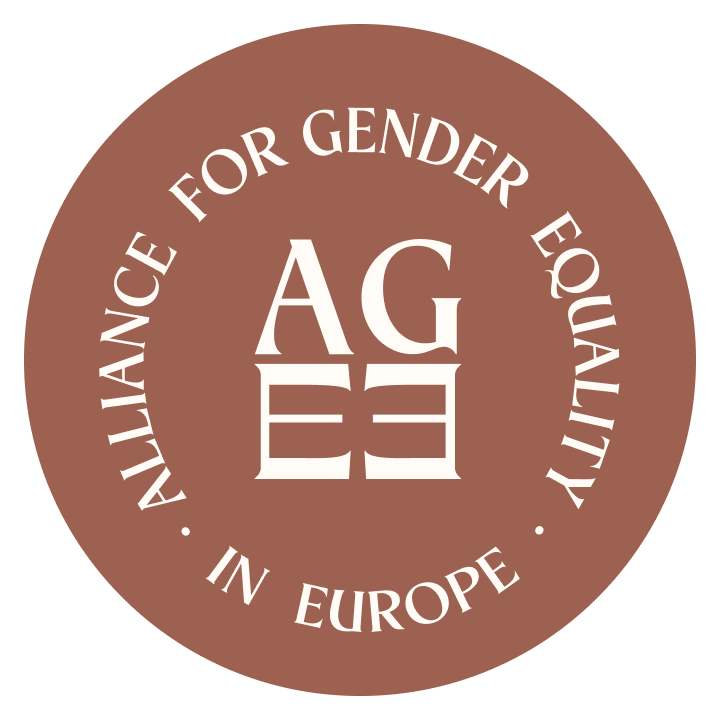How does economic control fuels domestic abuse? And how can financial independence offer a path to escape? On this International Day for the Elimination of Violence Against Women, let’s explore philanthropy’s critical role in empowering women with the resources they need to break free from cycles of abuse and rebuild their lives. This op-ed by Nadège Lharaig, Senior Program Manager at the Alliance, was published in Alliance Magazine.
Money is a powerful weapon in abusive relationships, used to trap victims in cycles of dependence and fear. While many wonder why women stay in abusive situations, the answer often lies in their economic exclusion. Abusers control who makes money, where it is saved, and how it is spent. These tactics cut women off from job opportunities and basic essentials, leaving them financially isolated.
With rising global economic pressures triggered by the pandemic and exacerbated by Russia’s invasion of Ukraine, the problem is deteriorating. New research shows that gender inequalities have worsened for the first time at the lower end of income distribution.
No one should feel forced to stay with an abusive partner simply because they have nowhere else to go. Efforts to prevent intimate partner violence are not enough. Combining them with investments in women’s economic empowerment could change the equation.
Economic abuse is often hidden and under-recognised, yet it’s pervasive: an overwhelming 95 percent of domestic abuse cases involve some form of economic control. In the EU, one in every ten (read PDF document) women has experienced economic abuse by a partner, with rates even higher in countries like France, where nearly a quarter of women have experienced some form of economic violence at the hands of a partner. Across the EU, more than a third of women are subject to psychological violence, including abusive and controlling behaviours.
The NANE Women’s Rights Association, in Hungary, which fields over 2,000 calls annually on its domestic violence helpline, saw reports of economic violence surge from 67 percent to 88 percent (read PDF document) during the pandemic. As one caller shared, ‘I didn’t have a say in anything, not even about lunch.’
Main photo: NANE Women’s Rights Association.

